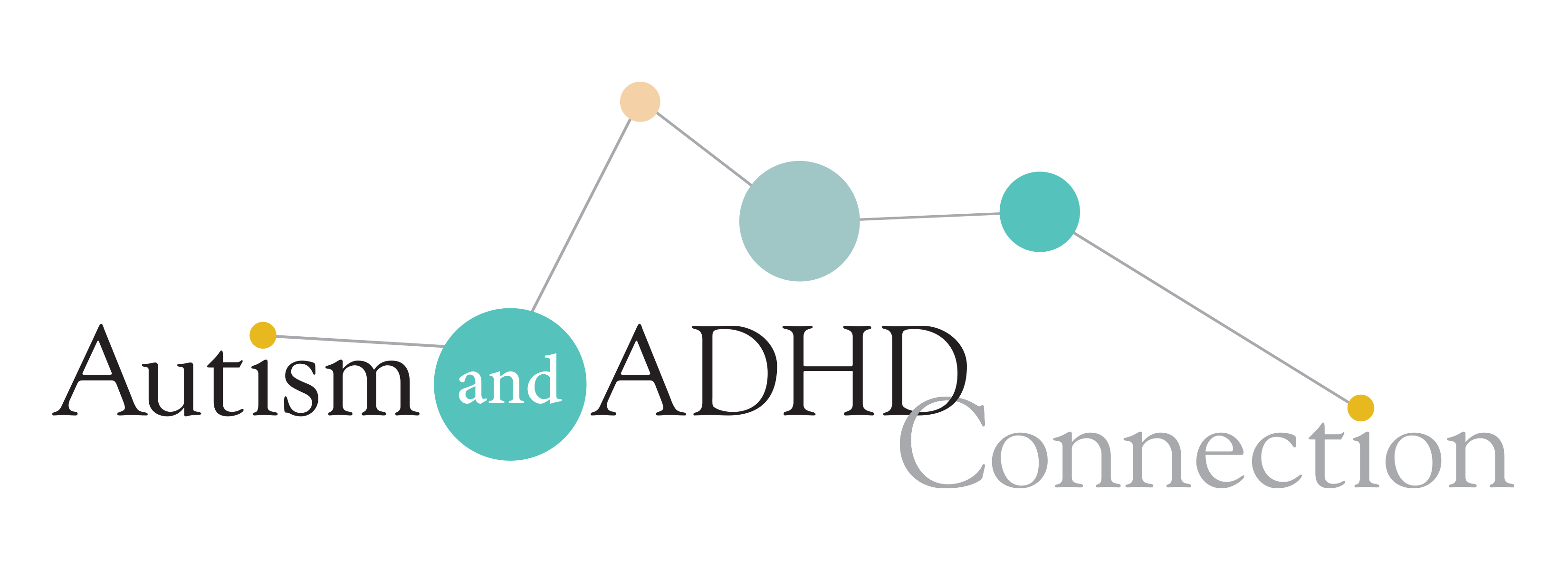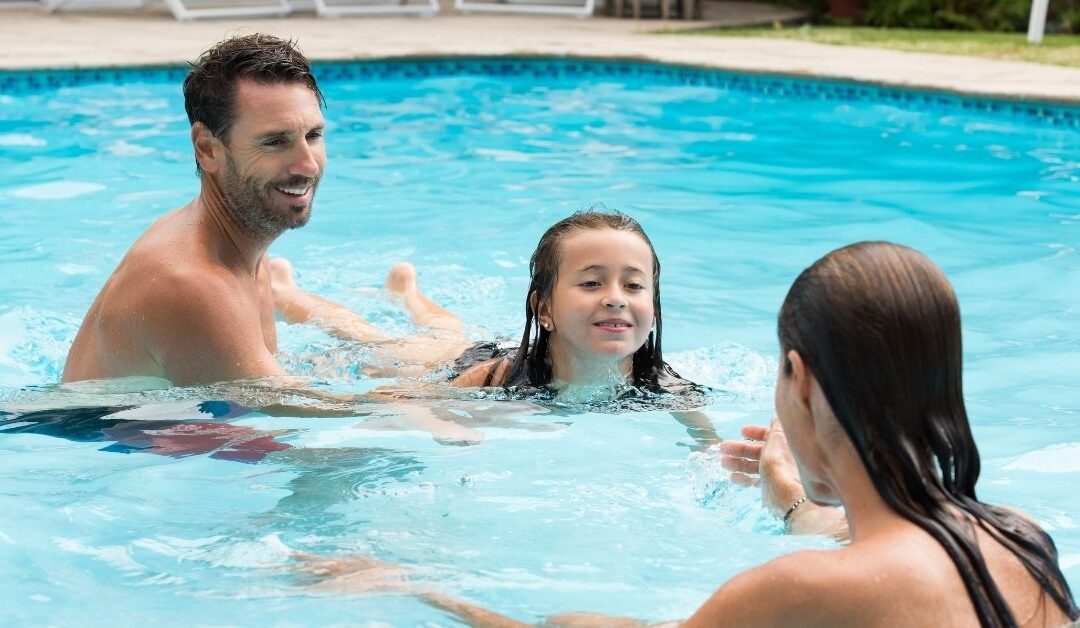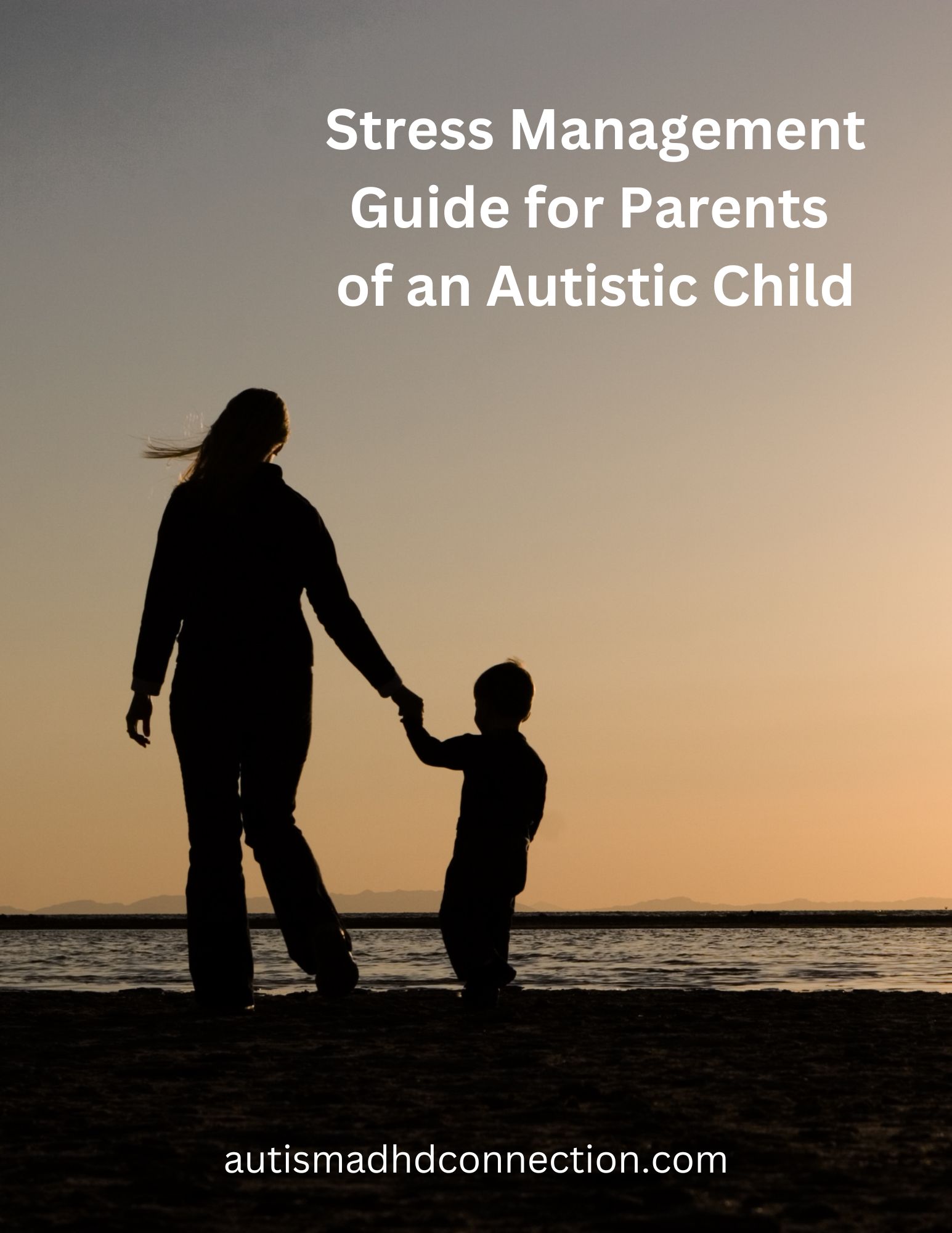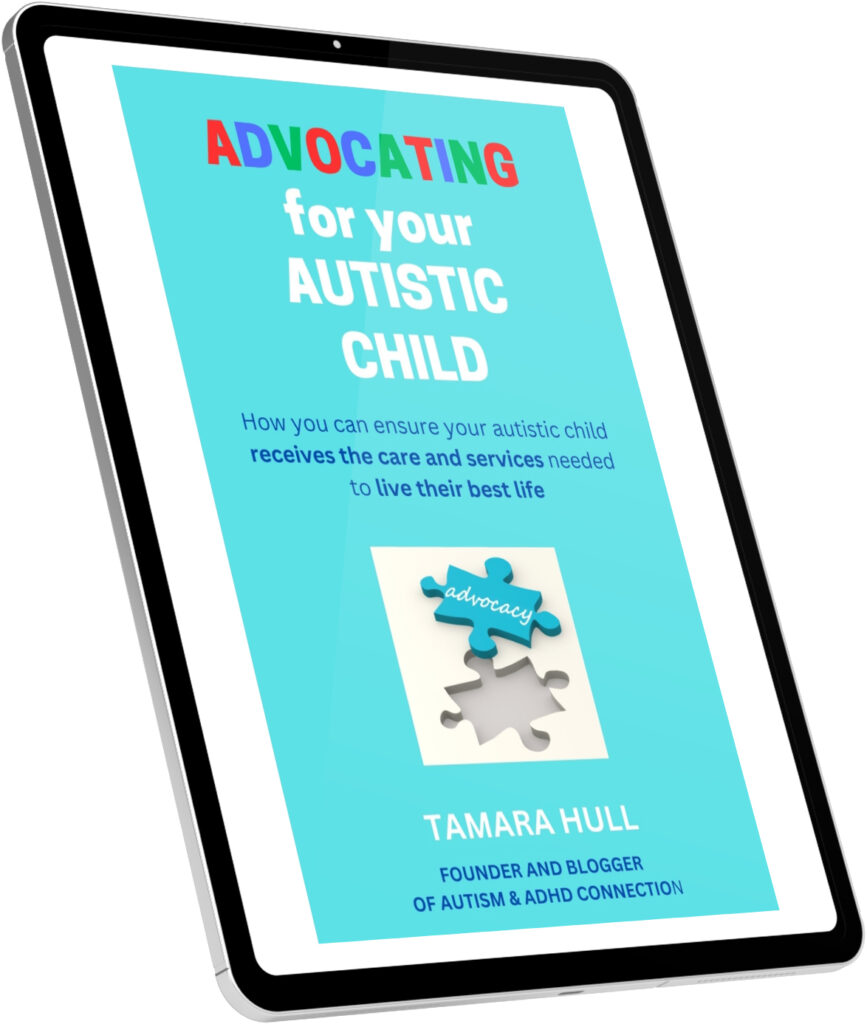When we think of children and water, we imagine them frolicking in swimming pools or at the beach. Or they may be enjoying a hot summer day in the cool water. Yet, parents of an autistic child are fearful thinking about their child near water if they have not yet learned to swim. Learning to swim brings a lot of benefits to child with autism. It also could save their life one day.
Drowning is top accidental death for those with autism
According to the National Autism Association (NAA), drowning is one of the leading causes of death for people who have autism. In fact, they noted more than 90 percent of accidental drowning deaths were children with autism under age 14 and who had eloped (2009-2011).
One reason for this is that about 48 percent of children with autism are more likely to elope – or wander away – from a safe place than their siblings without autism. The NAA also found 32 percent of parents reported “an accidental near drowning” of their child with autism because they eloped.
Our son J would elope when he was younger, and it was so scary. He would dart in parking lots, onto the street or just try to wander away in stores. We were constantly watching him, holding his hand and talking to him to be sure he stayed with us. I would read news stories of a child with autism who drowned because he wandered away from home and fell into a retention pond. That was a real fear for us. It could happen to J in our neighborhood that had four retaining ponds.
(The NAA has a safety site that has some good information to help parents prevent wandering in their children. You can check it out here.)
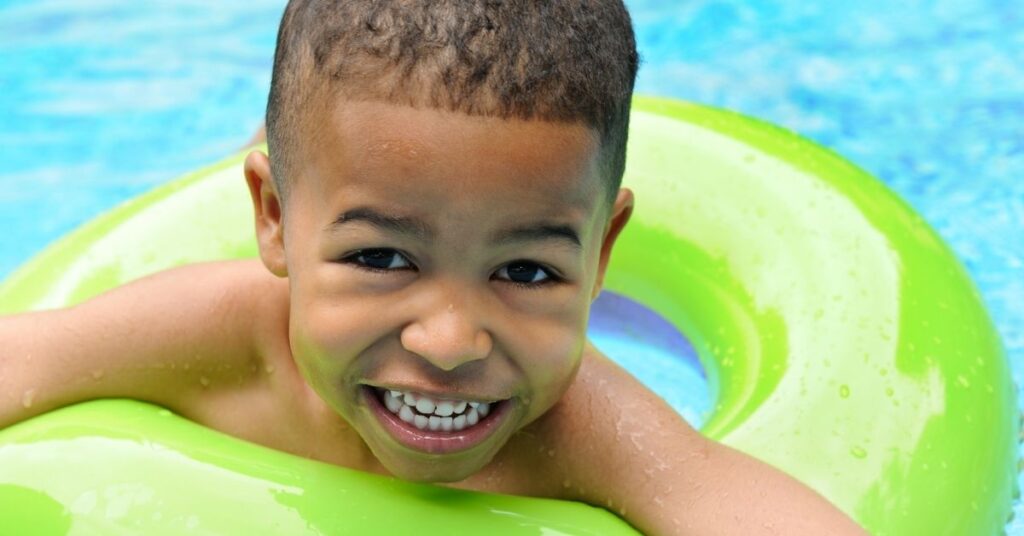
Swimming = Life-Saving Skill for Child with Autism
One way to reduce the risk of your child with autism drowning is to ensure they know how to swim. We started J in swimming lessons when he was three years old, and we continued to have him participate in lessons off and on until age 12. He is not a strong swimmer. However, I am confident now that if he fell into deep water that he can tread water and swim enough to reach safety.
We enrolled him and his brother in private lessons at our nearby YMCA. In fact, many YMCA locations offer special needs swimming lessons. You can contact your local YMCA or refer to this list from the NAA. You also could search Google to find if there are other special needs swimming programs in your area.
Benefits of swimming for those with autism
In addition to drowning prevention, swimming offers children with autism many other benefits. Those can include the following:
- Swimming is a great form of exercise, and our children with autism and ADHD can receive additional benefits by moving more.
- Autistic children who swim regularly may see a reduction of repetitive motion and behaviors. Studies have shown the repetitive motion of swimming can imitate some of the repetitive motions that children with autism experience. This can soothe the child and reduce some of the other repetitive motions.
- Swimming is a fun activity for most children, and they love to play in the water. Therefore, swimming can Increase social interactions with peers for children with autism.
- Being at the pool or beach can provide autistic children with opportunities for observational play.
- Learning to swim can help boost self-confidence in children with autism.
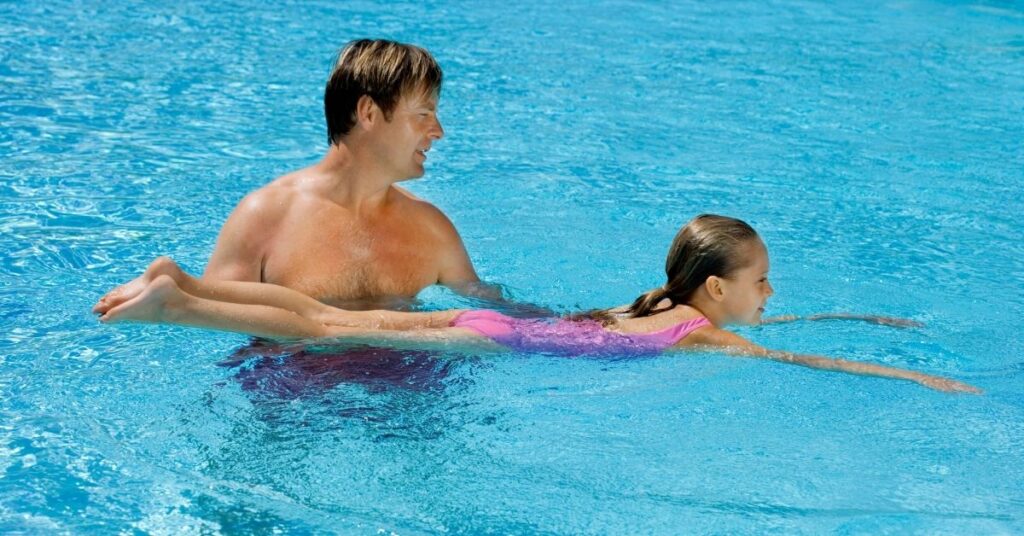
Tips for Swim Lessons and Children with Autism
So how can we as parents make sure our children get the most out of swimming lessons? Here are a few tips.
- If you can afford private lessons, those are the best. If you can’t afford it, ask your local swimming provider if they know of local resources that help parents pay for swim lessons. You also could search for an autism grant that could help you afford private swim lessons for your child.
- Your child may depend on your presence during their lesson, so stay nearby during it and encourage your child when needed.
- Be patient when your child is learning to swim. It may take time, especially if they are frightened. I made the mistake of thinking a few weeks of swimming lessons would teach J how to swim. I ended up having to put him into both private lessons and then group lessons at his summer camp over a number of years to help him get to the point where he was comfortable around the water and looked forward to swimming.
- As your child gets better at swimming, encourage them to have fun. We found ways to let J be around water without the pressure of swimming and learn to have fun in it. We did this by taking him to splash parks and even setting up the sprinkler in our yard for him and his brother to play in it. They even would fill up buckets of water and have fun pouring them on each other on a hot summer day.
One other water safety tip is to use life jackets whenever in doubt for your child with autism. When J was little and we would visit friends with a pool or pond, we would have J in a life jacket when he was near the water. That is because he still didn’t know how to swim very well. We wanted him to be protected, even though we were nearby.
What has been your experience with your child with autism and swimming? What has helped your child learn to swim? Leave a comment below so that we can share and support one another on this journey!
